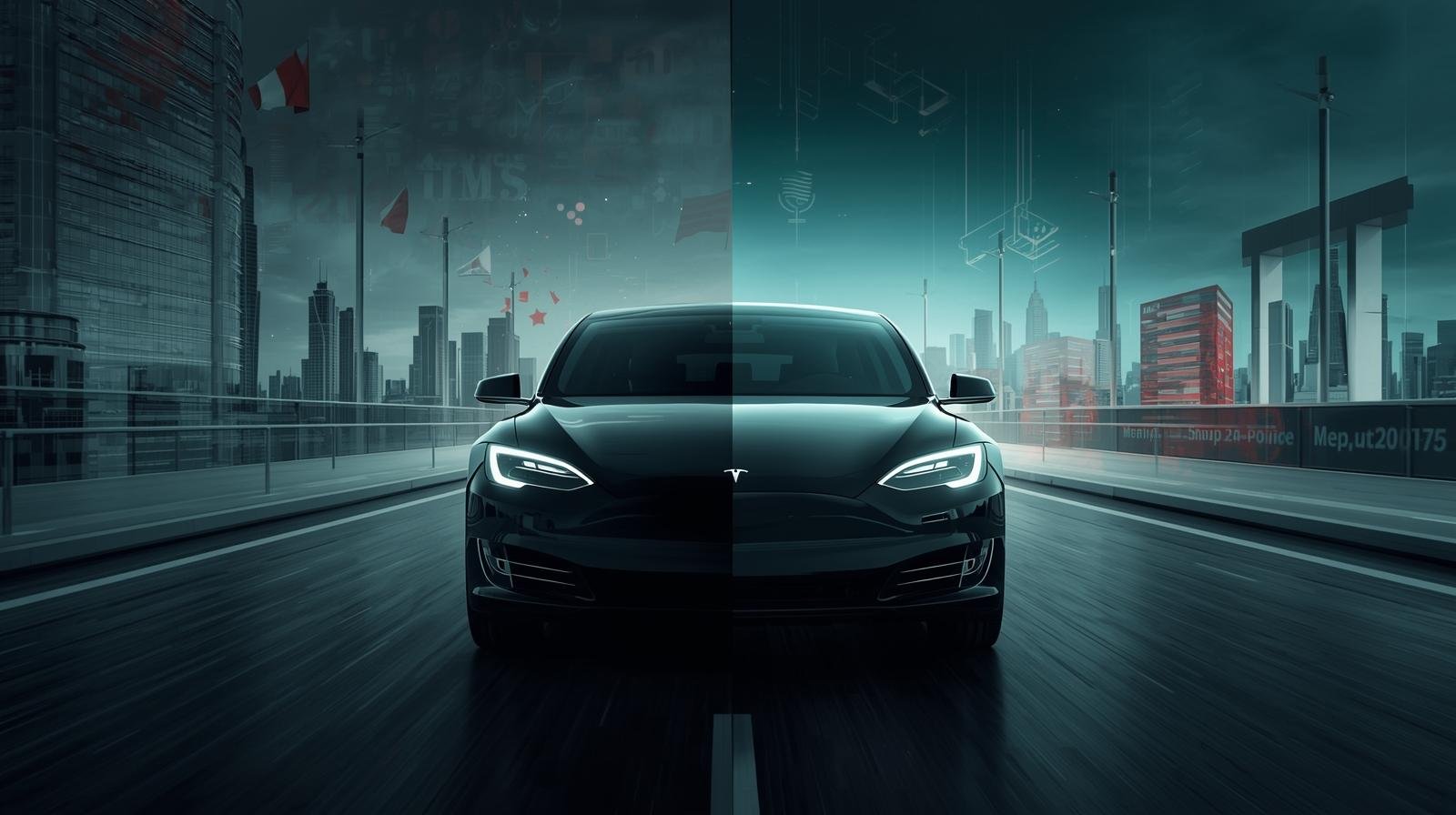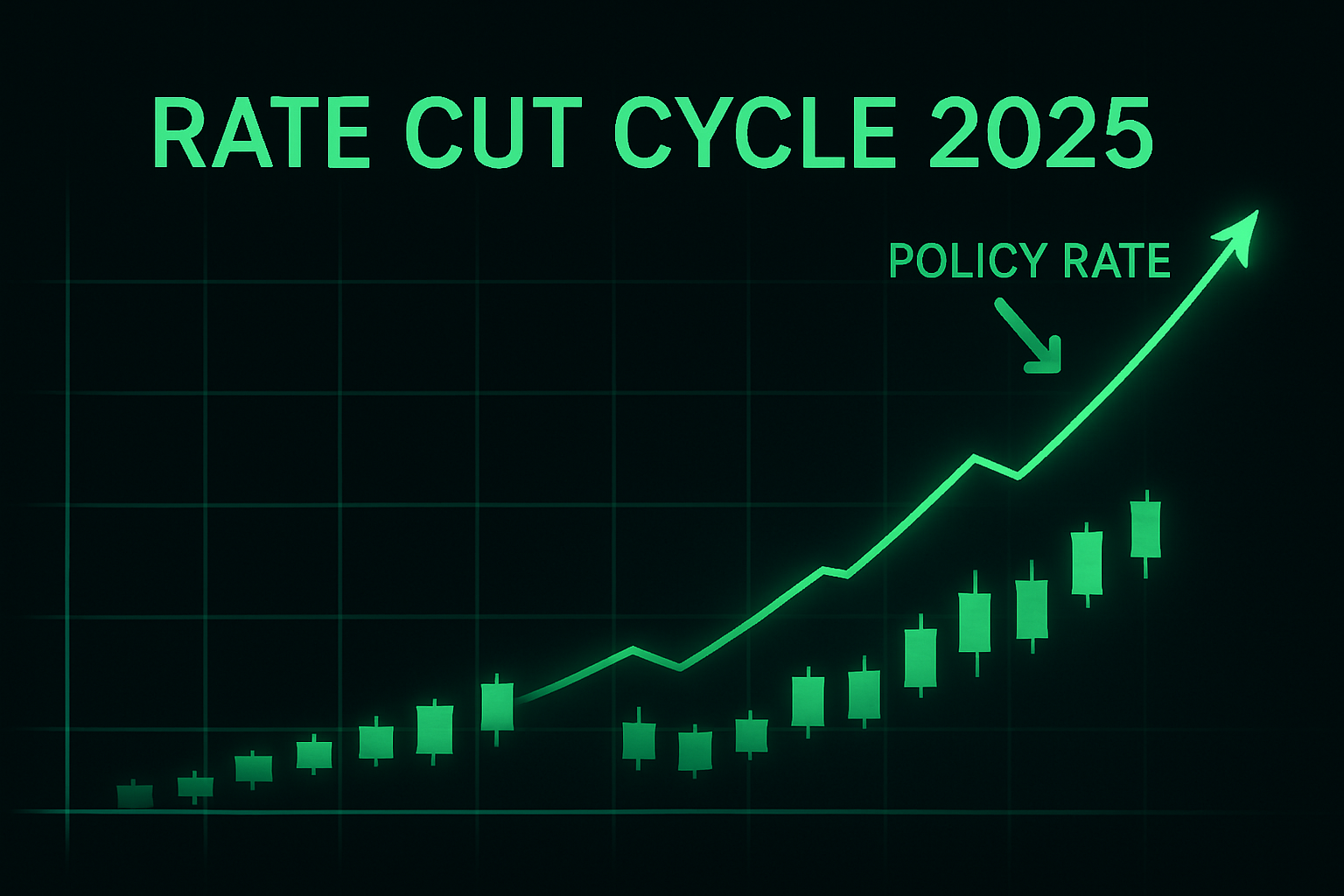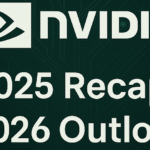The Year of Reckoning for Tesla
Few companies embody both innovation and controversy like Tesla. In 2025, the electric car pioneer finds itself at a crossroads — not because demand has vanished, but because the story surrounding the company has grown larger than its products.
From the long-awaited robotaxi pilot in Austin to the first hints of a new affordable model, this year has been a test of Tesla’s ability to balance ambition with execution.
At the same time, Elon Musk’s growing political presence has become a subplot impossible to ignore — shaping public sentiment, investor confidence, and the broader narrative around Tesla’s future.
2025 is not about whether Tesla can build cars. It’s about whether it can sustain leadership in an era where technology, regulation, and politics collide.
Milestones and Flashpoints of 2025
Through October, Tesla’s story has unfolded like a compressed decade. Here are the pivotal developments that defined the year so far — each offering a window into where the company might head next.
1. The Robotaxi Rollout — and Its Growing Pains
When Tesla officially launched its robotaxi pilot program in Austin this June, the world watched closely. This was the moment Elon Musk had teased for years — an autonomous fleet that could, in theory, turn every parked car into an earning asset.
Early tests have been both promising and problematic. Videos surfaced of erratic stops, red-light confusion, and heavy police scrutiny. Regulators, already wary from previous Full Self-Driving controversies, opened new probes into safety data.
Still, Tesla insists the long-term trajectory is intact. “Every misstep teaches the system,” Musk told investors in July. “The learning curve is exponential.”
2. The Affordable EV Push
As EV tax credits began to expire in late September, Tesla faced an urgent challenge: affordability. In October, the company teased a new version of the Model Y with a 20% lower production cost, aiming to reclaim price-sensitive buyers.
This echoes a theme we explored in our Nvidia 2025 analysis — innovation no longer sells on novelty alone; it must align with economic reality. For Tesla, the shift toward cost efficiency could define the next decade as much as technological leadership did the last.
3. Musk’s $1 Trillion Pay Plan and Governance Friction
In early October, Tesla’s board reignited controversy by proposing a new $1 trillion performance-based pay package for Musk. The plan drew immediate backlash from institutional investors and state officials, questioning whether one man should wield such leverage over a public company.
It wasn’t the first governance storm Tesla has faced, but it underscored how personality and brand have become inseparable. Musk’s influence — both catalytic and chaotic — continues to define Tesla’s identity.
4. Political Crosscurrents
Midyear, Musk launched his own political movement, the America Party, following a highly public feud with former President Trump. Markets reacted swiftly — Tesla shares dropped nearly 7% in the week after the announcement.
While Musk promised to “reduce political distractions,” his activism inevitably bled into Tesla’s brand perception. In several cities, Tesla showrooms faced vandalism and protests, illustrating how deeply political identity now intersects with corporate reputation.
5. The Saudi Expansion and Global Moves
In August, Tesla opened its first showroom and service center in Riyadh, signaling entry into the Middle East. The move aligns with Tesla’s ambition to diversify geographically amid Western political turbulence and Chinese competition.
Yet it also comes with challenges: heat management for EV batteries, infrastructure readiness, and questions about labor standards. Still, it reflects a strategic pivot toward markets less saturated — and less politically polarized.
The Political Subplot: Power, Perception, and Risk
To ignore Musk’s political dimension in 2025 is to miss a central piece of Tesla’s story. The man who built his empire on innovation now seeks influence in governance — and that dual identity carries real consequences.
Investors worry that political engagement distracts from execution; supporters claim it ensures Tesla a seat at the policy table. Both may be right. The intersection of political power and corporate innovation has rarely been this explicit.
The aftermath of the 2024 U.S. elections left a polarized Congress and unpredictable energy policy. Tesla’s fate now hinges not only on engineering breakthroughs, but on the regulatory climate those politicians shape.
As we noted in our rare earths supply chain analysis, energy and industrial policy can pivot entire industries within months.
Musk’s America Party, meanwhile, could create short-term brand risk but long-term leverage — if it gains traction among voters who equate self-reliance and technology with freedom.
Market Sentiment and Investor Reality
On Wall Street, Tesla remains both loved and doubted. After years of near-religious faith in its stock, 2025 has introduced a new tone: cautious realism.
Analysts highlight that while Tesla’s Q3 sales rose 7%, much of that bump came from consumers rushing to buy before the federal tax credit expired. Stripped of that pull-forward, growth looks more modest. Margins remain pressured by high input costs and heavy investment in autonomy and robotics.
Institutional investors are also weighing “Musk risk” — the potential for personal decisions to move markets overnight. Yet few are willing to bet against Tesla’s execution power. The same pattern played out in tech: disruptive founders provoke, stumble, and then reinvent.
The key question is not whether Tesla survives, but what form it takes in its next evolution — manufacturer, platform, or political ecosystem.
Opportunities and Threats Ahead
Opportunities
- Affordable mass-market EV: Tesla’s cost-down Model Y could reaccelerate volume growth and reassert dominance against BYD and Hyundai.
- Autonomy leadership: Despite setbacks, Tesla’s data advantage in real-world driving remains unmatched.
- Energy ecosystem: Powerwall, solar, and Supercharger expansion provide diversification beyond vehicles.
- Global reach: Markets like Saudi Arabia, India, and Brazil offer new growth pools if logistics align.
Risks
- Regulatory backlash: A major FSD incident could trigger costly recalls or restrictions.
- Brand polarization: Musk’s political identity risks alienating half of potential buyers.
- Governance fatigue: Investor pushback on Musk’s pay and influence could weaken confidence.
- Competition: Chinese EV makers continue to undercut Tesla on price and innovation speed.
Scenarios for 2026: Three Paths Forward
As the year winds down, Tesla faces a future shaped less by technology alone and more by how the world reacts to it. Three broad scenarios outline what 2026 could hold.
Base Case: Incremental Momentum
Tesla manages steady growth. The affordable EV line gains traction, robotaxi operations expand cautiously, and regulators remain watchful but not punitive.
Profitability stabilizes, but margins remain tight. Investors see Tesla as a mature tech-auto hybrid — no longer invincible, but still influential.
Bull Case: Platform Transformation
Tesla successfully transitions from carmaker to mobility platform. Robotaxis become a viable business in multiple cities, and autonomy confidence rises.
Energy products drive recurring revenue, and the company regains its “growth stock” narrative.
If political winds turn favorable, Tesla could reprice sharply higher as a cross-sector tech leader — a narrative echoing our earlier government shutdown market analysis on how policy cycles shape valuation.
Bear Case: Distraction and Decline
Political noise escalates, regulators clamp down, and consumer sentiment fractures.
Tesla’s brand loses its halo as rivals close the gap in software and range.
Capital intensity strains cash flow, forcing tough choices between expansion and stability. The company remains iconic — but no longer exceptional.
Conclusion: Between Machine and Myth
Tesla’s 2025 journey captures the paradox of modern innovation. The company still leads in vision — autonomy, vertical integration, and bold risk-taking — but now operates under the gravity of its own scale and its founder’s shadow.
Whether Tesla emerges stronger or splinters under its contradictions depends on one thing: focus. Can Musk separate Tesla’s mission from his personal crusades long enough to steer it through the next industrial cycle?
As we enter 2026, one truth stands clear: Tesla is no longer just a car company. It is a mirror — reflecting the intersection of technology, economics, and identity in the 21st century.
Disclaimer: This article reflects editorial analysis and should not be taken as investment advice. All opinions are based on information available as of October 2025.





